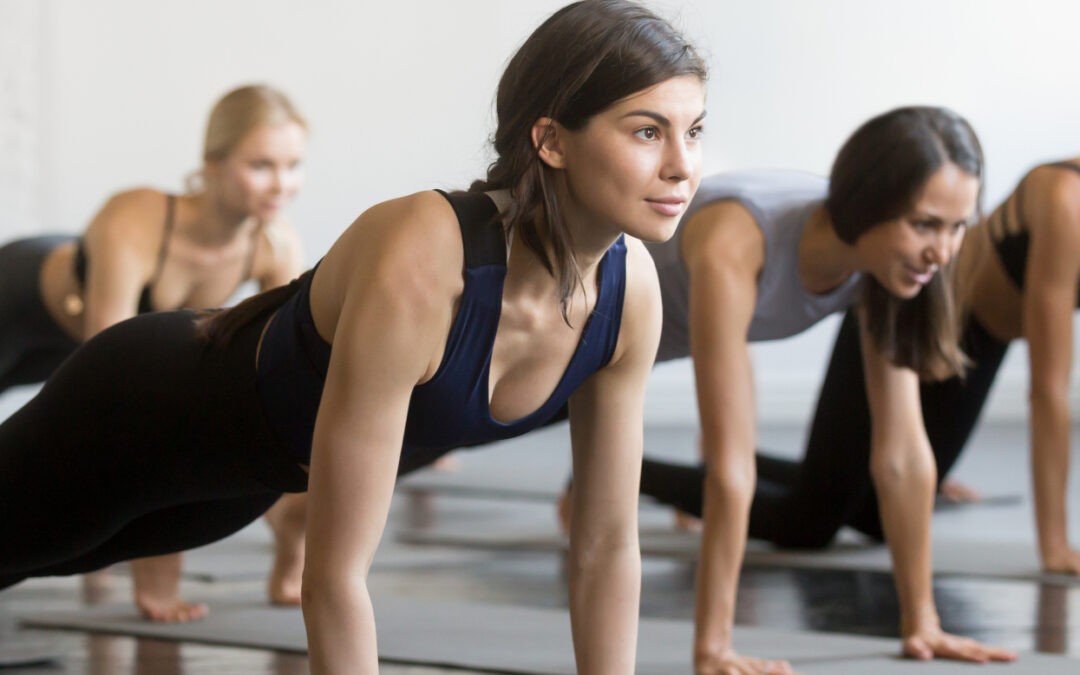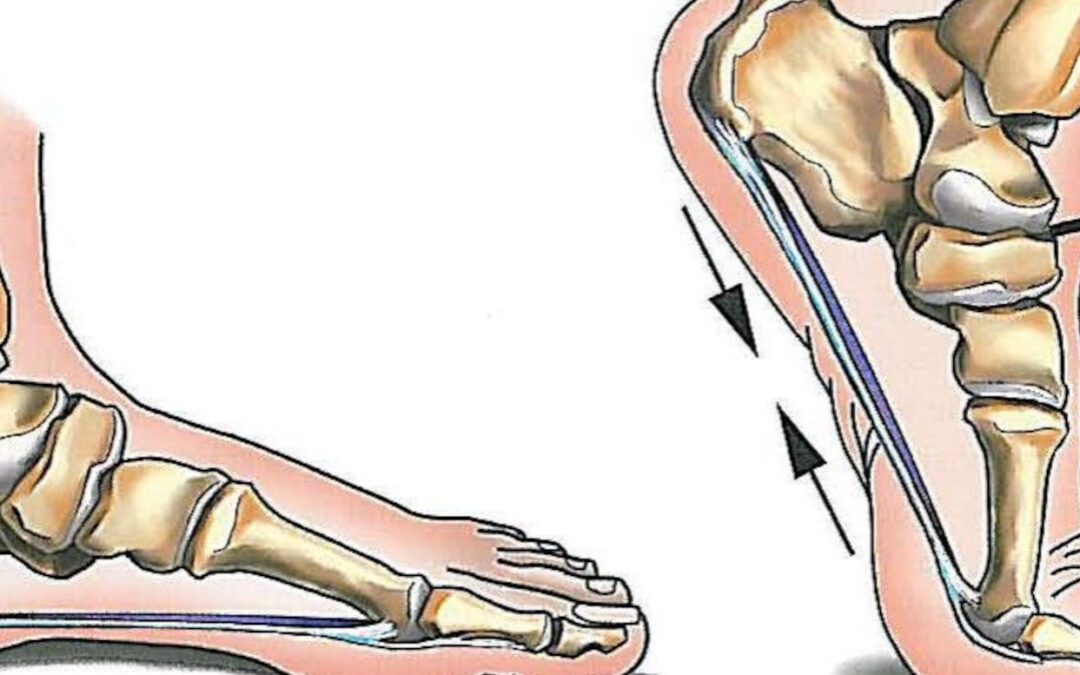Surely its automatic you say, I don’t have to think about how I breathe?
And for some our natural breath pattern does come easily, but others can develop abnormal patterns that can have a widespread effect on the rest of the muscular system and compromise effective gas exchange, which is so fundamental to the health of both body and mind.
In quiet breathing our main muscle of inspiration (breathing in) is our diaphragm, with a little help from our intercostal muscles between our ribs. As we inhale, the central tendon of the diaphragm pulls down, which decreases the pressure within the lungs and allows air to be drawn in. Expiration (breathing out) is a natural recoil of the connective tissue, with the diaphragm drawing back up and pushing air out. The rib cage should expand in a 360 degree fashion, with a little bit of movement in the upper chest. Think filling a balloon.
Once we require a little more effort we start to recruit accessory breathing muscles such as the scalenes and sternocleidomastoid around the neck and the pectoralis minor at the front of the shoulder. (See image 1). These muscles all attach on to the rib cage and help to increase our inspiration as we start to exercise or move harder. Our abdominal muscles (external and internal obliques, transverse abdominus and rectus abdominus) actively help with expiration, bringing the rib cage back down along with the intercostals and diaphragm. A small but troublesome muscle in the lower back called the quadratus lumborum helps to fix the 12th rib.

As we work harder again our trapezius, pectoralis major, serratus anterior/posterior and latissimus dorsi also kick into action to help.
Altered breathing patterns are very common and can affect the efficiency of the respiratory system, which can lead to numerous common complaints including headaches, shoulder and neck pain, temporo-mandibular joint and rib cage pain to name a few. One type of altered breathing pattern is termed apical breathing.
Apical breathing refers to breathing primarily into the upper portions of the lungs and chest rather than using the diaphragm and lower ribs. The diaphragm struggles to work optimally in this pattern as it cannot descend effectively and the accessory muscles over work, putting them under increased strain leading to tension and hypertonicity. This can create chronic tension, referred pain from myofascial trigger points, restricted movement and joint pain.
You will see the shoulders and chest rise up and feel tension around the upper chest and neck, with little rib cage expansion as you breathe in. It is also difficult to get as much air in as you do not fill all the lobes of the lungs, leading to shallower, more frequent breathing.
Respiratory conditions such as COPD and asthma can cause these abnormal patterns but very often they are triggered by day to day contributors such as stress, anxiety, poor posture and rib cage stiffness. Soft tissue therapy is very effective to help restore natural tone in the accessory muscles and help realign the rib cage to allow optimal movement, but the golden ticket is to learn how to breathe well and use your diaphragm effectively to allow for lasting change.
In diaphragmatic breathing we want full 360 degree expansion of the ribs and a descending of the diaphragm as we breathe in. the abdomen will also expand. There will be some movement through the chest as we do not want fixation in any area, but it will not be the primary movement. The shoulders should stay relaxed throughout. This movement will automatically reverse for exhalation through elastic recoil and pressure changes.
Below are two techniques to practice diaphragmatic breathing. Try these little and often through the day to see if they can help with your symptoms. We have to retrain the nervous system out of some pretty ingrained habits over the course of your life which takes time so be patient, but it is definitely worth the effort to enjoy efficient and effortless breathing.
Practising these techniques can also be very effective for managing stress and anxiety by stimulating the parasympathetic nervous system and bringing your focus out of your thoughts. Pretty important skills in today’s hectic and fast paced environment.
1: lateral chest expansion
In sitting or lying. Place your hands on your rib cage and relax your shoulders away from your ears. Breathe in through the nose and focus on getting your hands to move apart, expanding out to the sides and opening the ribs like an accordion. Exhale through the mouth through a pursed lip right to the end of your breath. Aim for between 6-10 breaths regularly throughout the day.
Tip: ensure the shoulders stay relaxed through this movement

2: Shoulder activation
In sitting with hands on the arm of a chair or on your knees. As you breathe in through the nose, gently press your hands down on to your knees or the chair arms and release the pressure to exhale through the mouth to the end of your breath.
This technique fixes the shoulders which prevents excessive chest and shoulder movement, therefore you have to use the diaphragm and ribs.
Tip: make sure you are not slouching to do this technique. Sit up tall and keep the rib cage and pelvis aligned to create space for the ribs and diaphragm to move.
References:
Chaitow et al (2014). Recognizing and treating breathing disorders. Churchill
Images courtesy of Physiotec.





